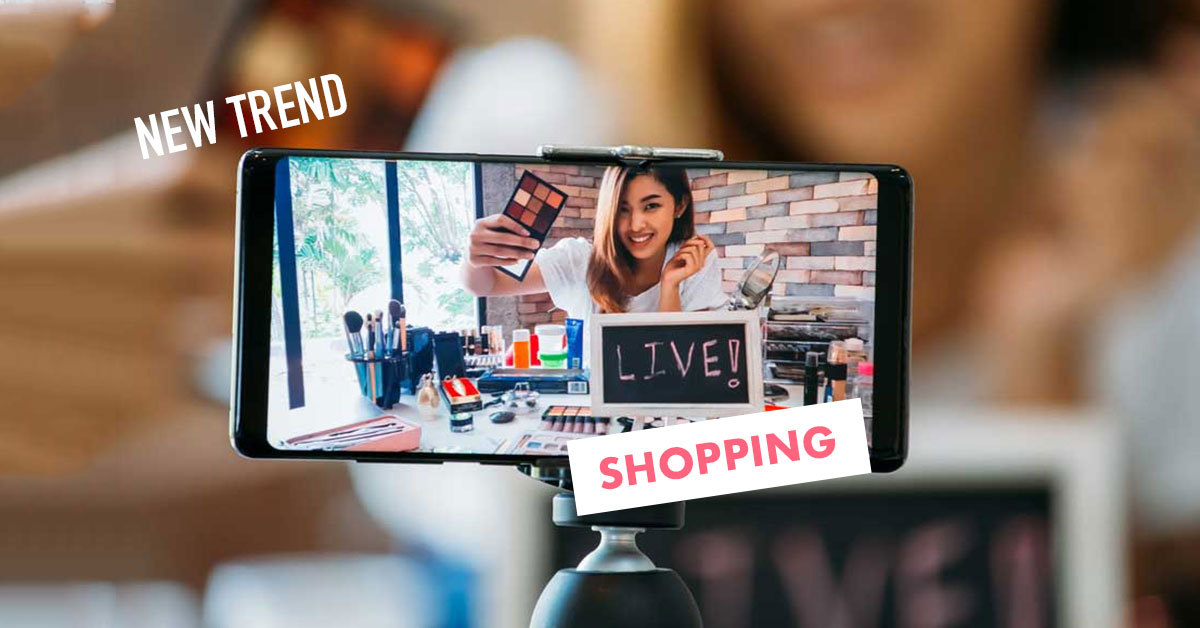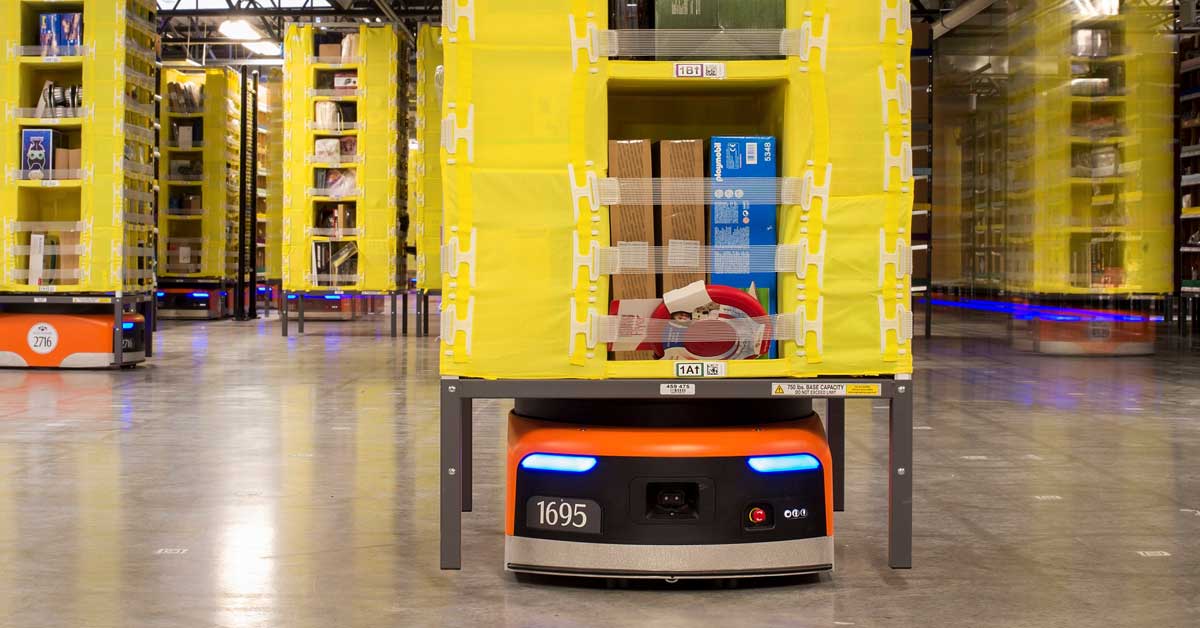It’s going to be a while before the robots take over
The future of Amazon will undoubtedly involve artificial intelligence and robotics, but it’s an open question at what point AI-powered machines will be doing a majority of the work.
According to Scott Anderson, the company’s director of robotics fulfillment, the point at which an Amazon warehouse is fully, end-to-end automated is at least 10 years away, reports The Verge.
At present, the Amazon warehouses that use robots are mostly concerned with general merchandise such as homewares and bikes, but their functions are limited. Robots are unable to pick items from bins without damaging other items, or pick multiple items, in a way that makes them any more efficient than human workers, writes Engadget.
So while a robot can help manufacture a microchip and the body of a Tesla motor vehicle, it’s not capable of doing human tasks that warehouse work requires. At Amazon facilities and other companies’ fulfillment centers, a bulk of the labor is still largely done by human hands, because it’s difficult to train robots to see the world and use robotic grippers with the dexterity of human workers.
Last month the company announced plans to deliver Prime packages in one day instead of two, and currently stipulates a target of four hours between an order being placed and it leaving the warehouse. Once the technology exists to effectively automate these processes, there’s no doubt that Amazon will be using it.
More Amazon news

Facebook restricts targeted advertising to teenagers
Facebook will stop advertisers from targeting minors Facebook plans to prohibit companies from targeting ads to minors based on their web and app activity, as well as their expressed interests. Instead, the company will restrict targeting categories for users under 18...

Google introduces Cloud Retail Search
Google introduces a new search tool for retailers With Retail Search, retailers can bring "Google-quality" search capabilities to their own digital platforms. This week Google announced Google Cloud Retail Search, a new tool to help retailers improve the product...

Live shopping is the new trend in online retail
European customers are open to live shopping Live shopping is one of the big e-commerce trends in 2021, writes e-commerce-magazin.de. This format has already become the standard for online shopping in China. Chinese influencers take customers on a shopping tour via...


